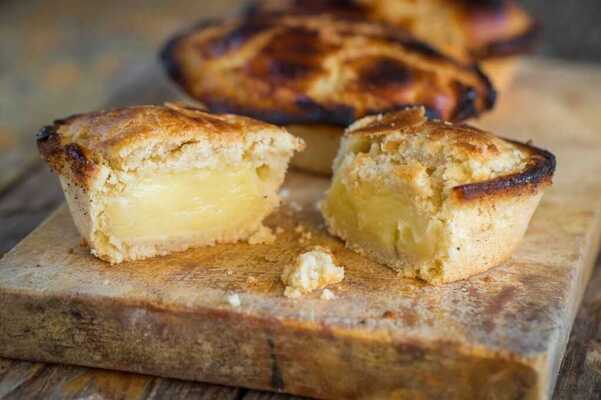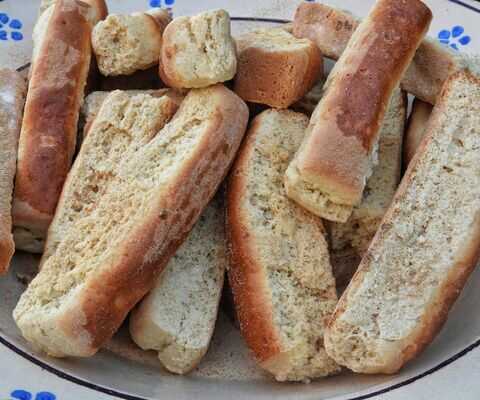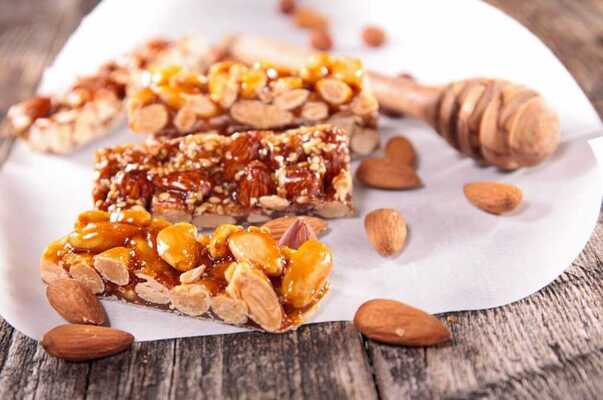Lecce Cotognata: the recipe
Quinces are typically autumnal fruits which, due to their particularly sour flavour, do not lend themselves to being eaten as they are but can be used to make a very sweet and tasty recipe: Lecce Cotognata. Quince jelly is a special quince jam that has a firmer consistency than a normal jam which is more gelatinous and easily spreadable.
In fact, it is often used to prepare it in the shape of small cubes (therefore in special molds) or to make a larger piece to then cut into strips or into the desired shape. Given its flavor that is not markedly sweet but not sour, quince jelly is well suited to being accompanied by sweet or savory preparations. It is a recipe of a peasant and poor nature given that once the gardens were rich in these fruits while now it is more difficult to find them and therefore those who have plenty of them can prepare it easily.

How to prepare the Cotognata
In the Lecce Cotognata recipe, as in the preparation of any other jam, you need, in addition to fruits, sugar and water.
The ingredients to prepare it are:
- 1 kg of quinces (better if ripe)
- 2 lemons
- 500 g of sugar
- a glass of water
Procedure for preparing Lecce Cotognata
- First, clean and cut the quinces into cubes without peeling them but only removing the core and internal seeds. To prevent them from blackening as they are cut, they can be placed in a container with water and a few drops of lemon.
- Subsequently, they should be placed in a saucepan to which add the sugar and a glass of water to cook over a low heat until the fruits become soft. Finally add the lemon juice and mix vigorously.
- As soon as the desired consistency is reached, turn off the heat and filter with the help of a food mill to remove the peels.
- Then, you can pour the mixture into a large mold or into molds (if they are aluminum, it is better to sprinkle them with oil first) and leave to rest in a dry place (even better in the sun) for 12 hours until the quince jelly has solidified .
- It can be enjoyed alone or accompanied by bread or mature cow’s or sheep’s milk cheeses, with which you can also prepare skewers by alternating the quince jelly cubes with pecorino cubes. Furthermore, you can prepare a salad made with apples, artichokes and valerian.
- If you like, instead of white sugar you can use brown sugar. The quince jelly can be stored in the fridge for up to 3 weeks wrapped in cling film or in a tin box with some dried bay leaves.
Curiosities about the Cotognata
There are different parts of Italy where Cotognata is prepared. For example in Sicily the quinces are peeled and then it is the pulp that is cooked together with the lemon. However, the peels and cores are cooked separately and only later are they added to the cooked quince pulp to cook further.
In Emilia Romagna, however, the quince jelly is accompanied by a brushing of grappa on the surface while. In Northern Italy it is customary to add some spices such as cinnamon, pepper, mustard or cloves during cooking.
All you have to do is share the Leccese quince recipe with your friends and/or relatives.

Lecce pasticciotto: the original recipe
From Lecce downwards, the breakfast ritual includes coffee and pasticciotto. Numerous pastry shops have become famous thanks to this dessert and there are many addresses where you can taste it.

Apulian Pastarelle: the recipe for dairy biscuits
Apulian pastarelle are typical milk or tea biscuits, easy and quick to prepare, made with simple and genuine ingredients

Salento Cupeta: the recipe
With the new season, there will be plenty of festivals and street parties which cannot miss the scent of toasted almonds and sugar, expertly whipped by the itinerant "cupetari".
